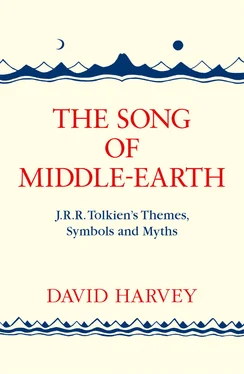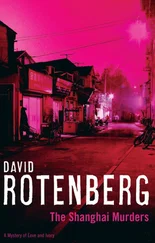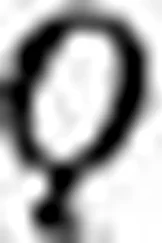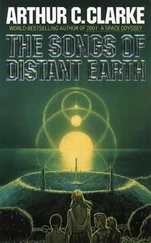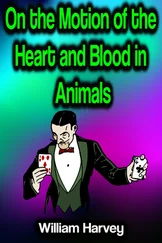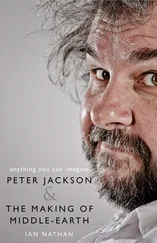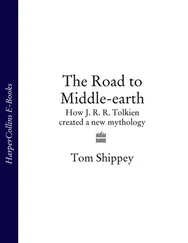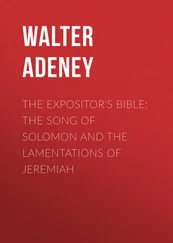It is by Resurrection that the hero returns – and again this may be actual or symbolic. By rebirth, death is defeated and the cycle of Nature is re-established. The hero evidences his universality as the Man in Nature by actual or symbolic rebirth and the confirmation of the established order of things. He has not only confirmed order but also his self-awareness and self-realisation. His rebirth is a return to the source of his origins, to take up the promised honour, kingdom or throne which was foretold before or at his birth. His resurrection is a fulfilment of being.
The final stage of the hero’s development is his Apotheosis, his reception into Heaven or the confirmation of his universal and immortal nature. Christ, Mithras, Dionysius, Elijah and Galahad are received into Heaven. Arthur, Charlemagne and Barbarossa are not dead but sleeping, awaiting a time to return. Their departure from the realms of reality is but temporary and death for them is not absolute. Immortalisation may take a number of forms. The hero may vanish, so that none may confirm his death. He may be received into Heaven or taken to a sacred isle or mountain. He may undergo some change at physical death that makes his passing so unique that it is not a natural death. And in the tales of the returning King the eternal hope and security of the renewal of the natural order of things is assured, such return being the re-establishment of the absolute archetypal and prototype natural order – the Golden Age.
Thus the hero is called to adventure and is set aside as one who is unique. That he may resist the call is evidence of the folly of flight from an omnipotent deity. His adventure involves the supernatural both in the form of aid and hindrance. By undertaking the Quest he crosses the threshold to put on trial himself and, as Everyman, all Mankind. His challenges may involve the eternal opposites – the meeting with the male side and a form of atonement with the father, and the confrontation with the female side; the woman as temptress Death, the Underworld and Resurrection represents a denial of the World, a confrontation with the Ultimate Question and the crossing of the return threshold to the real World. The hero is the master of the two Worlds, spiritual and temporal. He is Universal, Everyman, man in Nature, fulfilled and aware. He is the epitome of existence and achievement. 2
It has been said by Northrop Frye and subsequently by other literary critics that the Quest myth has been the central myth of literature and the source of all literary genres. T. S. Eliot praised James Joyce for having invented a ‘mythical method’ or ‘continuous parallel between contemporaneity and antiquity’ 3which enables a modern writer to give ‘a shape and a significance to the immense panorama of futility and anarchy which is contemporary history’. 4
Yet the Quest myth in literature is nothing new. Myth telling originally commenced as an oral tradition and, as society developed, the tradition and mythic tales were incorporated into the literature of the society. Ovid’s Metamorphoses are quaint tales and part of the Latin literary heritage. Yet they are myths of origins – of how things came to be. That myth telling was an oral tradition is confirmed in the Norse word saga which means ‘things said’. Saga, and its close relation epic which is an extension of saga, deal not so much with ‘true’ myth but with the ancestors or heroes of a society. Both rely heavily on ‘true’ myth for a background, and presuppose a knowledge of myth among the listeners. It is wrong to assume that the Eddas, the sagas of the North, and the Kalevala are representative of a written literary tradition for they are not. The Kalevala was not recorded in writing until as late as the 1830s and even though the tales have been written down there is a heavy oral tradition whose function is to stir the spirit of warriors to heroic action by praising the exploits of ancestors in the mead hall or before battle. The Chansons de Geste not only tell of deeds, but are also a genealogy. The themes of the epics were heroic and followed the pattern which has already been outlined.
Those who recounted the myths and legends, the priests, shamans or bards and poets, were the keepers of the sacred tradition and the sacred stories. The initiation for shamans and priests was long and complex and, like the Irish ‘seauchan’ or ‘master poet’, required passage through various stages of wisdom. Poets, like shamans, were believed to be a medium between man and the gods and were considered seers or soothsayers, yet, as in the case of Homer, Tiresias or the Delphic Sybil, may have had to contend with some physical disability or disorder. By being so disabled they were not totally of the world. The disability set them apart and allowed an acceptable link with the supernatural.
So the poet is not merely an artist, but an inspired artist and a keeper of the sacred tradition. It is therefore no accident that myth, legend and literature were, in early days, so closely linked. Even the use of verse forms is part of the ritual tradition. The Iliad and Odyssey were written in a dactylic hexameter, a form inappropriate to both Greek and English. But it was the metre of prophecy and religious narrative. In using this form, Homer’s work invokes a quality that makes it transcend a mere tale and takes it to the point of religious myth. Of course, an oral tradition results in modifications with the passage of time, although poetic forms would contain mnemonic tricks of metre or rhyme form. An example of the former is the Kalevala with its distinctive metre adopted by H. W. Longfellow in The Song of Hiawatha. But despite such aids the tales changed, not necessarily in theme but in detail. Much would depend upon the audience for whom the tale was written or created. According to Eliade, Homer created his work for a military and semi-feudal aristocracy. Thus Homer may have avoided some of the themes which would not be of interest to his audience, and rather glorified certain aspects.
Despite such critics as Pindar and Thucydides who rejected the incredible myths and fabulous tales, the Greek myths represent a literary work which documents a religious belief. None of them have come to us in their cult context and, were it not for the work of Graves, it is doubtful that the religious or ritual explanation of them would be available to any but a few scholars. Any myth that has been documented or has been the subject of a literary work is primarily literary in nature. Thus we see the Eddas and sagas not as religious documents but as linguistic records and part of the literary history of society.
Myth has appeared throughout the history of literature even down to the present time. Mythical archetypes survive in the modern novel in the symbolic sense. Hemingway’s Old Man is Everyman, adrift on the Primordial Waters undertaking his Quest for the Monster of the deep. Dickens returns to the folktale idiom. Nickleby searches for his real background kept hidden by his wicked uncle, Ralph. Dickens’ characters may be wicked witches or people or institutions and his heroes are often aided by the guileless fool who leads them to salvation.
The writer, in creating his own myth, will accept the supernatural as operating within nature. Within the world of nature exist inexplicable forces which are fickle and can turn at will. The use of mythic forms and archetypes by the writer is an aesthetic device for bringing the imaginary but powerful world of preternatural forces into a manageable collaboration with objective and experience facts of life in such a way as to stimulate unconscious passions and the conscious mind. It can bring together the real experience and the submerged impulses of life. The use of myth in the creative sense is the province of the poet or bard; the artist not the historian. The poet may feign a history for his artistic purpose and pattern, using an imagined history or an historical form within which to cast his fictional or symbolic action. Thus the poet’s or artist’s world is a ‘middle-earth’ situated between the lower present day historical world and an unexperienced but nevertheless mythically real Heaven.
Читать дальше
